The Beach Boys’ Sweet ‘Wild Honey’ Beat: A Masterpiece of the Fading Year
by Colin Fleming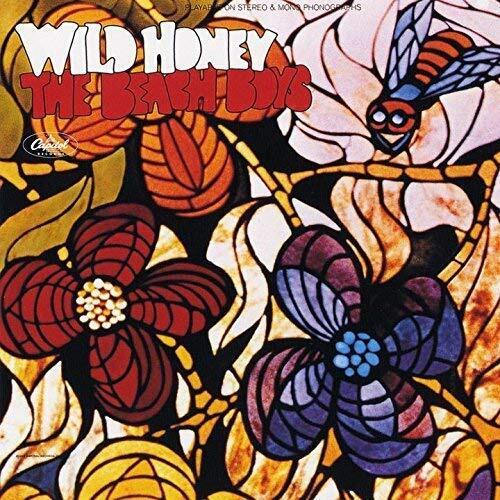 The very idea of suggesting that the Beach Boys’ 1966 album Pet Sounds isn’t the finest of their career can feel like a verboten act of the sort reserved for a dimly lit alley where shady doings are more the norm.
The very idea of suggesting that the Beach Boys’ 1966 album Pet Sounds isn’t the finest of their career can feel like a verboten act of the sort reserved for a dimly lit alley where shady doings are more the norm.
One can permissibly stump for Smile, but less as an outright album, and rather as an album-esque concept, which itself feels like exploiting a loophole.
Pet Sounds is texturally expansive and emotionally rococo. But a wonderful paradox of great bands and great artists is what can sometimes happen when they try to do less and create in the process a work without limits that is accessible to all, while remaining wholly distinct.
The Who with Who’s Next, having been birthed from out of Pete Townshend’s grandiose Lifehouse designs, is a salient example, as is the Beach Boys’ own Wild Honey, an album that has stood up as well as any they ever made, a statement we should place out there in the open.
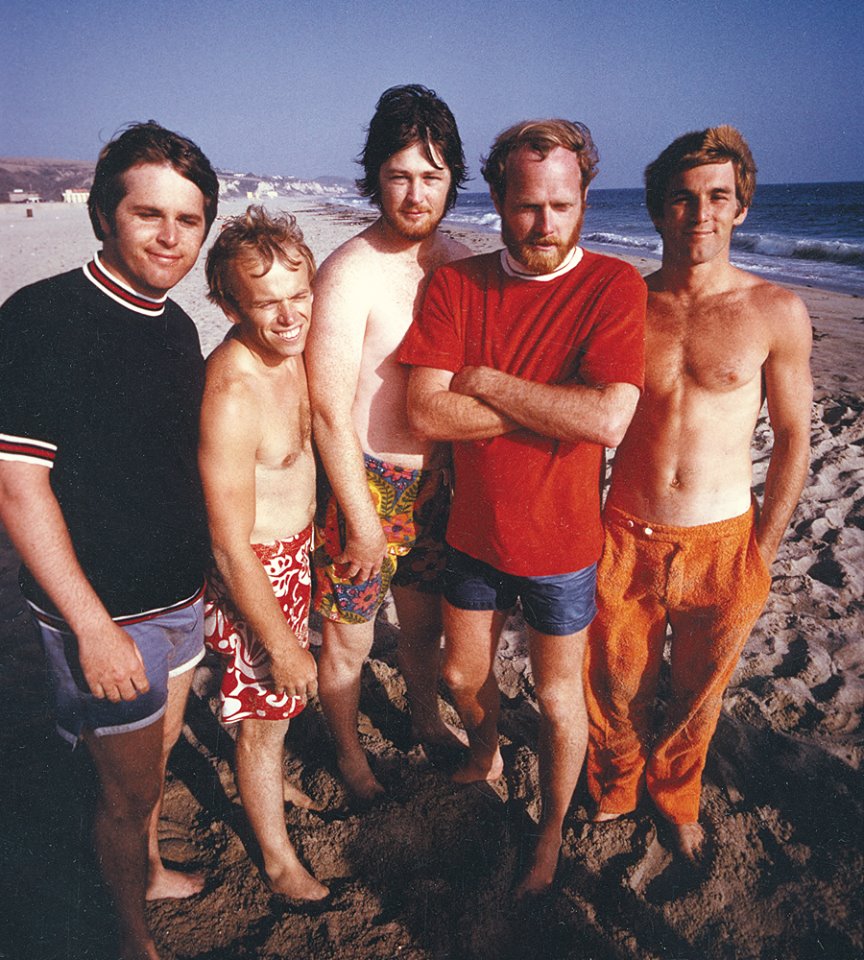
The Beach Boys in 1967. Left to right: Carl Wilson, Al Jardine, Brian Wilson, Mike Love, Dennis Wilson (Photo courtesy Capitol Records, used with permission)
Humble, tied-to-the-land, lo-fi Beach Boys make for most effective Beach Boys. Wild Honey is the band’s record—a kind of life’s soundtrack—for late autumn, when there’s still sunshine to be encountered amidst the fading color of the glade and the season’s final bees take a last turn or two outside the hive. It’s an album of dappled hues and the taking of various forms of stock—personal, professional, familial, fraternal. Musical, too.
Pet Sounds was shocking, but so was Wild Honey in following. Between this pair of records, the Beach Boys were responsible for two of the greatest about-faces in American popular music, veritable kings of the “Whoa, I didn’t see that coming” variety.
Released on December 18, 1967, Wild Honey makes for perfect final-quarter-of-the-year pop, rock and roll, and rock and soul, a disc that feels like it’s providing a summation of that which has occurred up until this point, with the maturity and wisdom befitting one who is seasoned in seasons, as a less clearly adumbrated stretch begins.
Listen: The Wild Honey album included the band’s cover of Stevie Wonder’s “I Was Made to Love Her”
The close of 1967 marked the tail end of psychedelia; the Beach Boys, those previous inhabitants of the sea cove, who’d experimented with tuning in and dropping out on Pet Sounds, were now becoming musically agrarian and getting back before the Beatles did, dealing in roots in advance of the Everly Brothers. They were leading others. The Beach Boys had found a new way to be radical. Having already gone baroque, they were instead harvesting a sound—an approach—that was both simplistically complex and complexly simple.
Smiley Smile preceded Wild Honey, but the former resonated as if it were a part of something—a whole that was not there—whereas the latter was a cohesive statement delivered in a melodically ebullient—playful, joyous—24 minutes.
Related: Our Album Rewind of Smiley Smile
Not that you thought you were getting short-changed. Wild Honey exists outside of time, in the manner that autumn as a concept does; yes, the season comes around on the calendar, but there’s more to the very idea of that season as a record that keeps cycling, hitting us differently at the various stages of our lives, our growth, our cognizance.
Carl Wilson later remarked that Wild Honey was an attempt by the band to dirty up their choirboy musical reputation. Put hands in the earth, as it were, musically speaking.
Brian Wilson is back in the fold, we might say, rather than standing front and center as the resident genius. Wild Honey emphasizes the collective and its vision, rather than that of an auteur with attendants helping to carry out his grand design.
Carl Wilson loved rhythm and blues, and he and the band went with that love, leaning hard into it. The Beatles had crossed folk with R&B on Rubber Soul, and now had come the Beach Boys’ turn to meld African American sounds with the elemental, throwback—but also ageless—songsmithing that colors the likes of Harry Smith’s Anthology of American Folk Music.
And while the Beach Boys may have been dabbling in the dirt for their sound and song designs, those vocal harmonies were still suggestive of the choral voices one more typically finds in Josquin des Prez masses. There’d never been an American LP—or any LP, for that matter—like this one.
The opening title track has a curious knack, in the backing vocals, for making the line, “Sweet, sweet, wild honeybee,” sound suspiciously like, “Sweet, sweet, wild honey beat,” which is fitting, for this is a most honeyed beat at that. A bountiful, bouncy beat. A cornucopia beat. A beat of plenty.
The fun is infectious. It’s akin to being a child and watching your friends playing in the yard across the street through your window and deliriously asking your mother if you can go out and play as well. We’re a part of these proceedings. For all of its grandeur, Pet Sounds could feel like it was leaving a listener behind, or that it was under glass—there, but separate. Wild Honey features music you can all but touch, throw around like a scuffed up, beloved ball that’s lost none of its bounce.
Brian Wilson’s “Here Comes the Night” numbers among his most melodic of creations, an infectious, upstart of a wonder with real zing. At 2:42, it’s also the longest song on the album. These Beach Boys have learned to let go. To be. To inhabit. To try on the new sound, the new approach, the new set of ideas. Pet Sounds awes, but Wild Honey inspires. It’s an easy record to connect and empathize with; to experience as a kind of cue to do that which one doesn’t normally or easily, but could, and perhaps it wouldn’t be so difficult after all.
The Beach Boys were obviously masters of melody. Their vocal harmonies were in service to those melodies. Every single memorable Beach Boys song has an indelible melody. You can understand even now why a child who hears a greatest hits package of the early Beach Boys tunes will be smitten. But for all of their achievement in this area, Wild Honey is the purest Beach Boys melodic offering of all. Farm fresh melody. It’s the honey straight from the hive.
A song like “Let the Wind Blow” espouses a life-ethos that makes practical sense, and fits within a larger, Zen-type, organic consideration of who and what we are. It’s not dogmatic, but a form of truth carried on a breeze in a song that is itself a musical breeze. A song we can’t help but experience as one does the wind when the wind has decided to blow and we are outside in its path.
Nor do the Beach Boys stint on humor. It may be late in season and late in the year, with fall soon to fade into winter, but we must always remember to laugh and to play, to ensure that levity is a part of our attitude, or good luck coping with those stiffer winds.
“How She Boogalooed It” is a track you might not have thought the Beach Boys had in them until you heard Wild Honey. That is, nothing in the preexisting catalog—including some of the “zanier” numbers from the Smile project—prepares you. The song is not itself zany—it’s a gas. A hoot. A romp through the field as the sun sinks beneath the trees on the other side. It’s getting colder, but you are well-warmed inside. This is that sweet, sweet honey beat. There may be none finer, nor none wiser.
An expanded edition of the album was included in a 2017 release, available in the U.S. here and in the U.K. here.
Watch the Beach Boys perform “Darlin’,” the biggest hit single off Wild Honey, in 1980

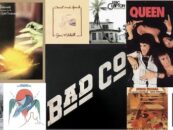
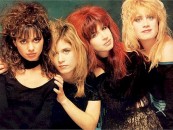
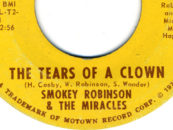
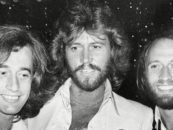

2 Comments so far
Jump into a conversationWho’s playing bass, and where is he on the stage? Behind Bruce on the left?
I think WIldHoney was an influence on the ‘Back to Basics’ approach that the Beatles and the Stones (& Dylan) did in 1968. Perhaps aligned with the Band…